This website uses cookies so that we can provide you with the best user experience possible. Cookie information is stored in your browser and performs functions such as recognising you when you return to our website and helping our team to understand which sections of the website you find most interesting and useful.
Tag: creativity
-
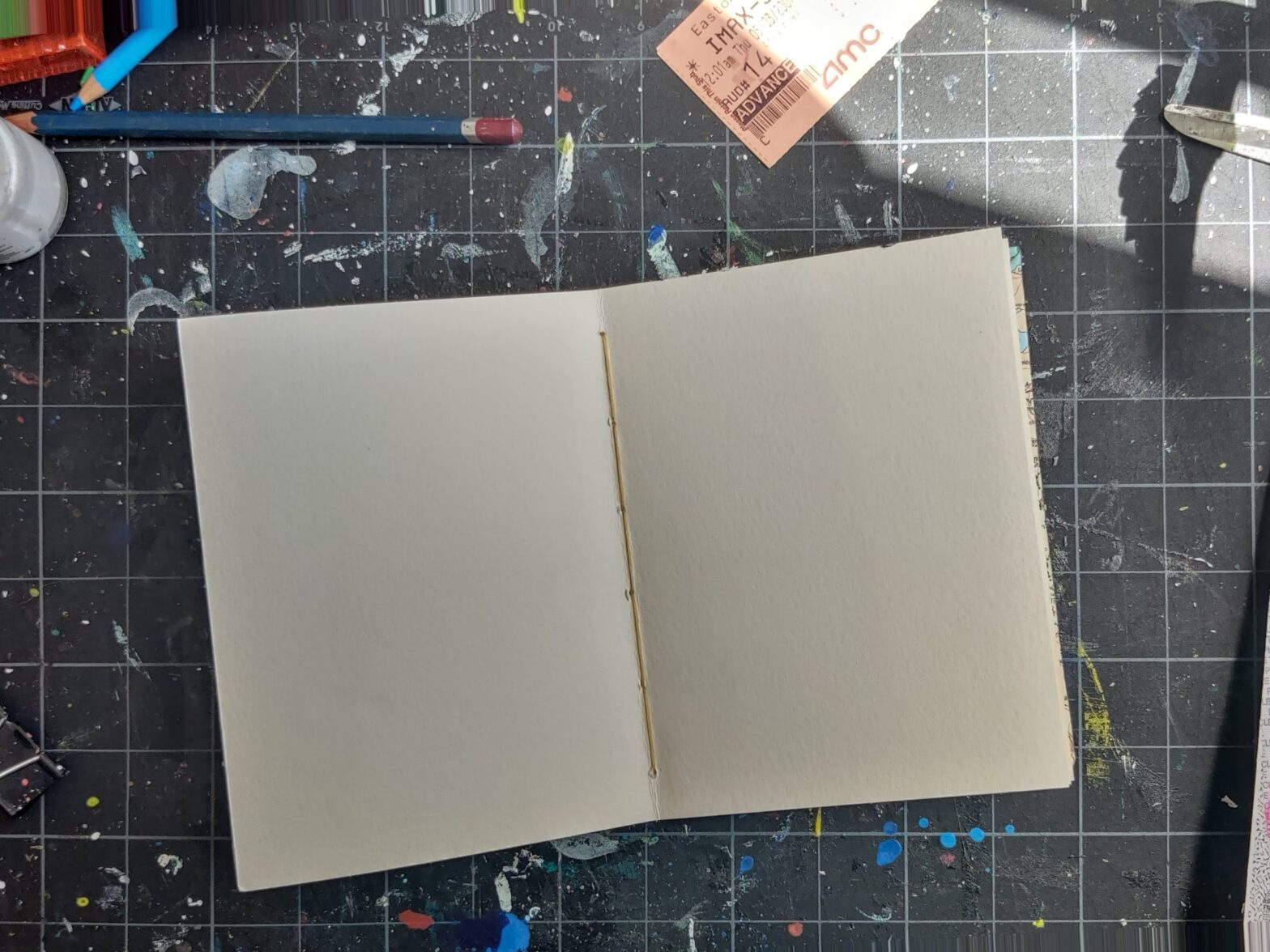
Daily Practice
•
In June and July, I did the daily Index Card a Day (ICAD) challenge. In August, I posted here every weekday. What I found is that showing up is what leads to inspiration, not the other way around.
-
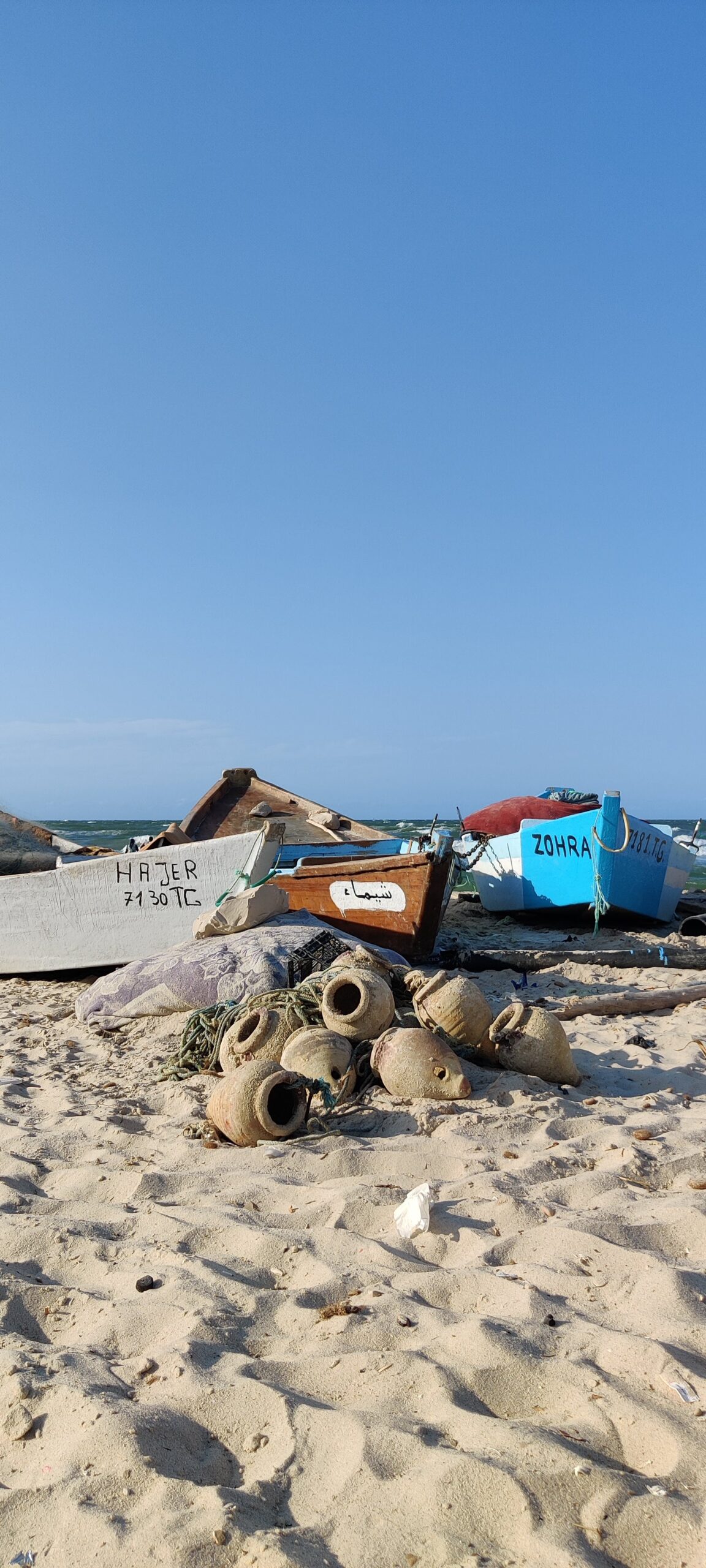
Being Present
•
The creative process requires us to be present. How much inspiration and intuition are we missing by keeping ourselves distracted?
-
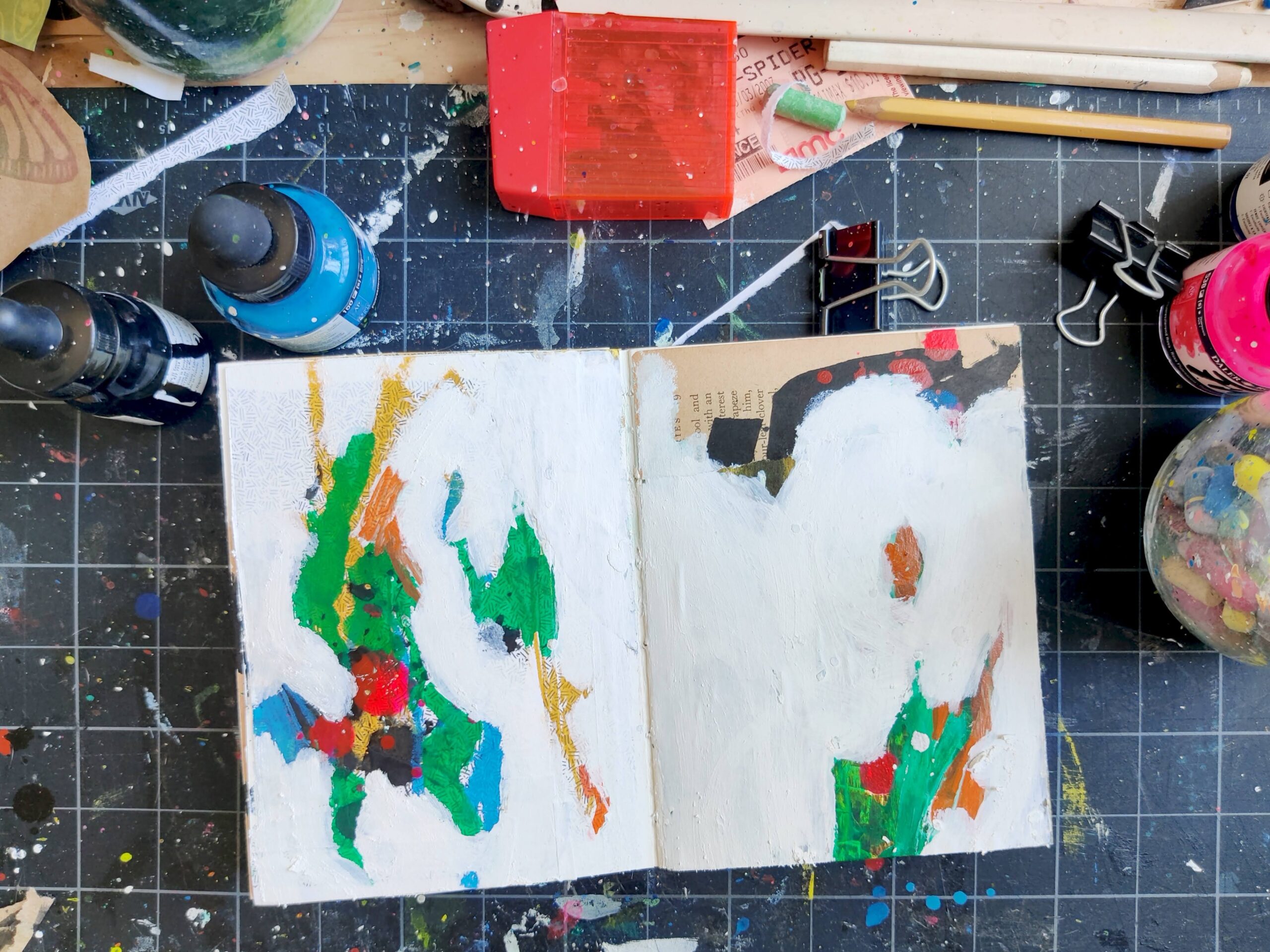
Make Ugly Art
•
For each piece of polished, finished art shared online, every artist has a whole pile of unfinished, “messed up,” or ugly pieces. And that’s exactly as it should be.
-
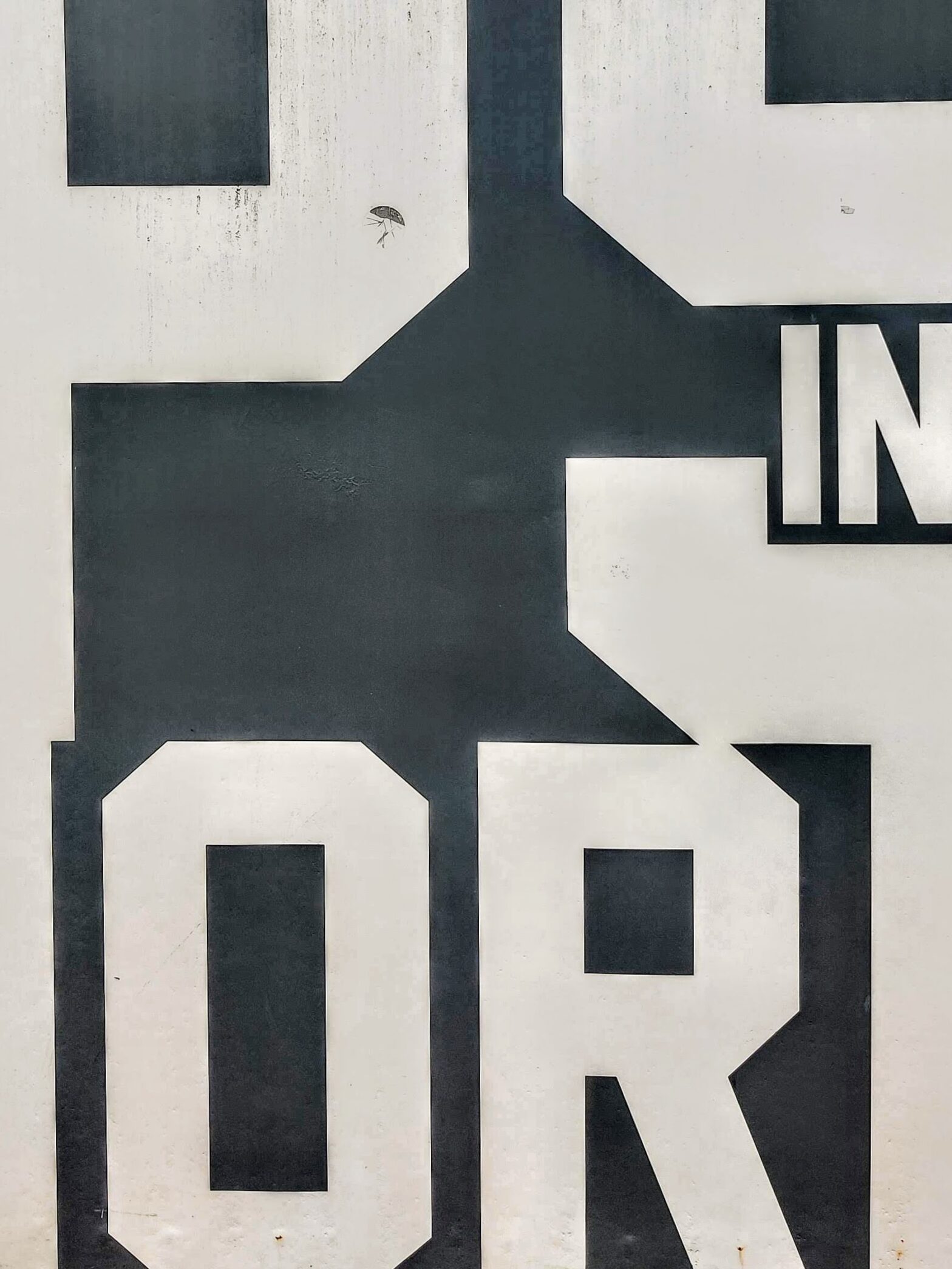
Much Ado About Noting
•
I pay a lot of attention to the little things: details in artwork, the way bees kiss flowers (and sometimes take naps in their petals), forgotten grocery lists. I’ve also kept a logbook for the past few years, keeping record of my daily life.
-
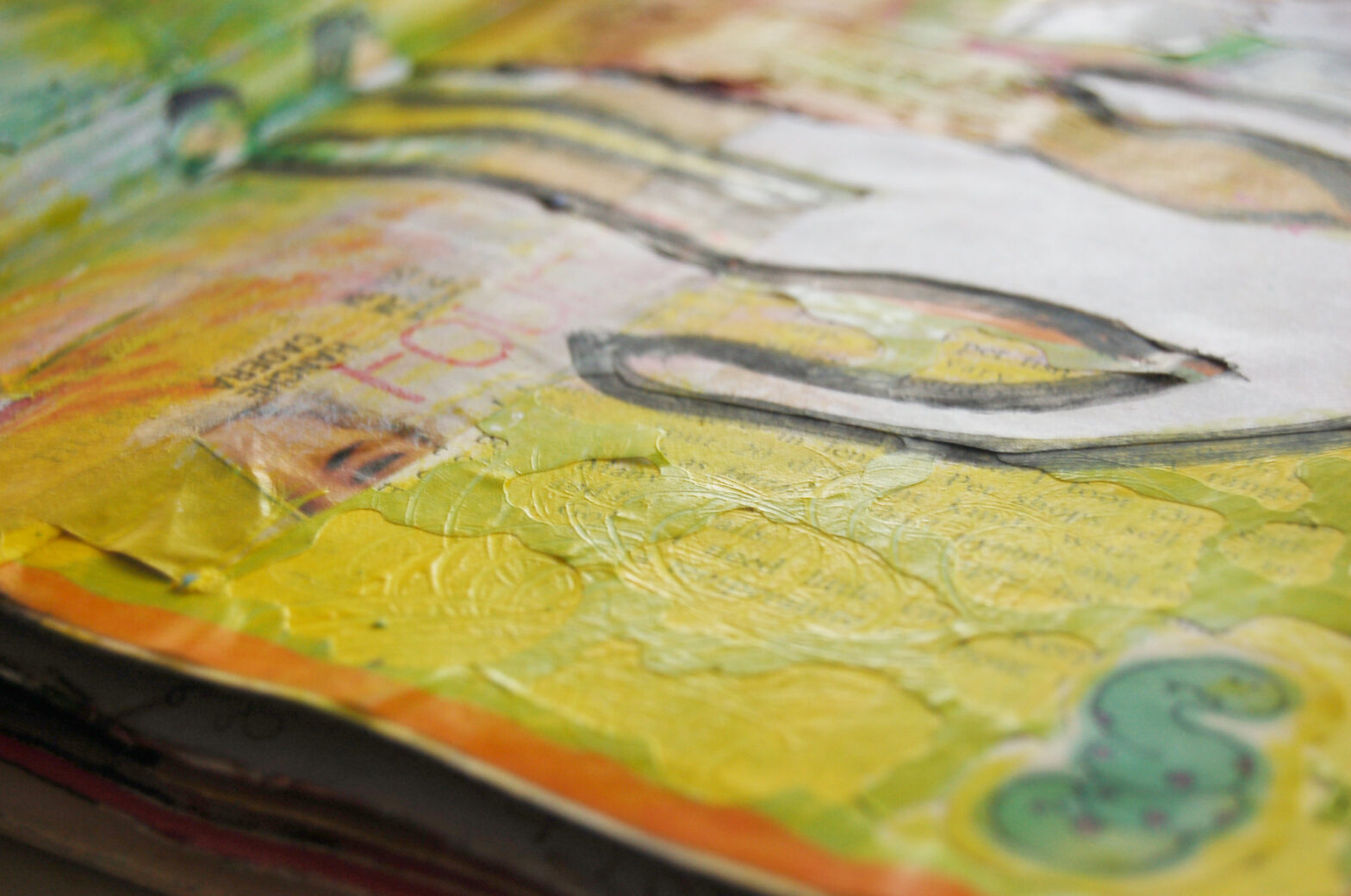
Wisdom from the Past
•
There are so many bits and pieces of those years of writing that still ring true. Sometimes they even speak to and build upon one another.
